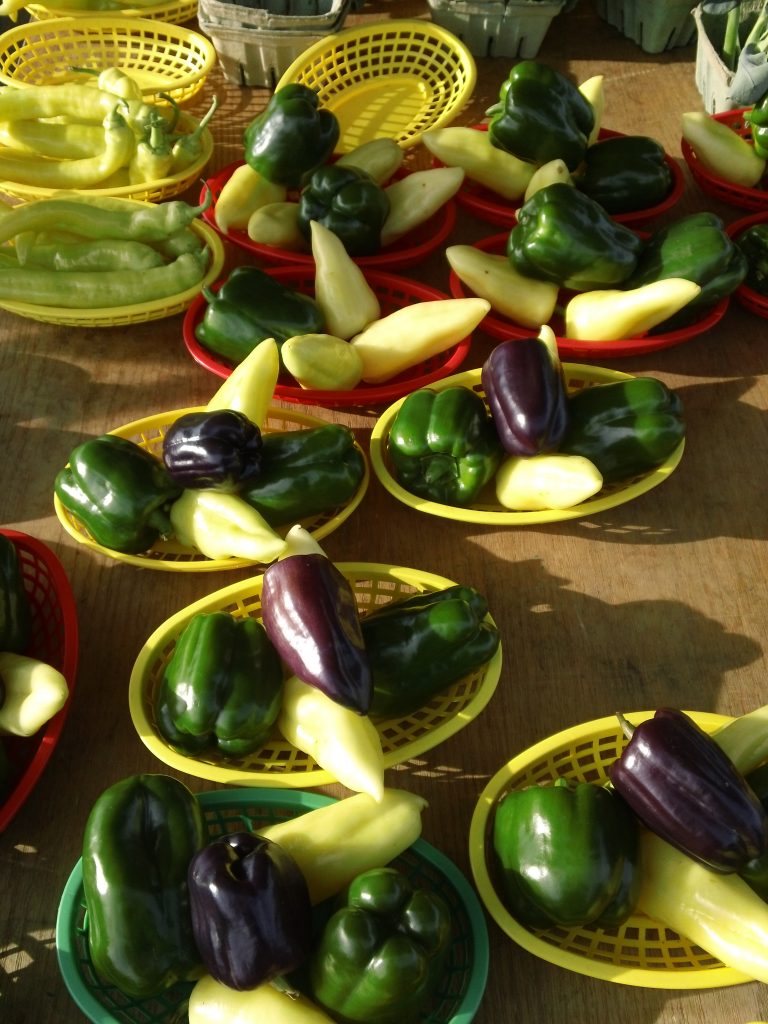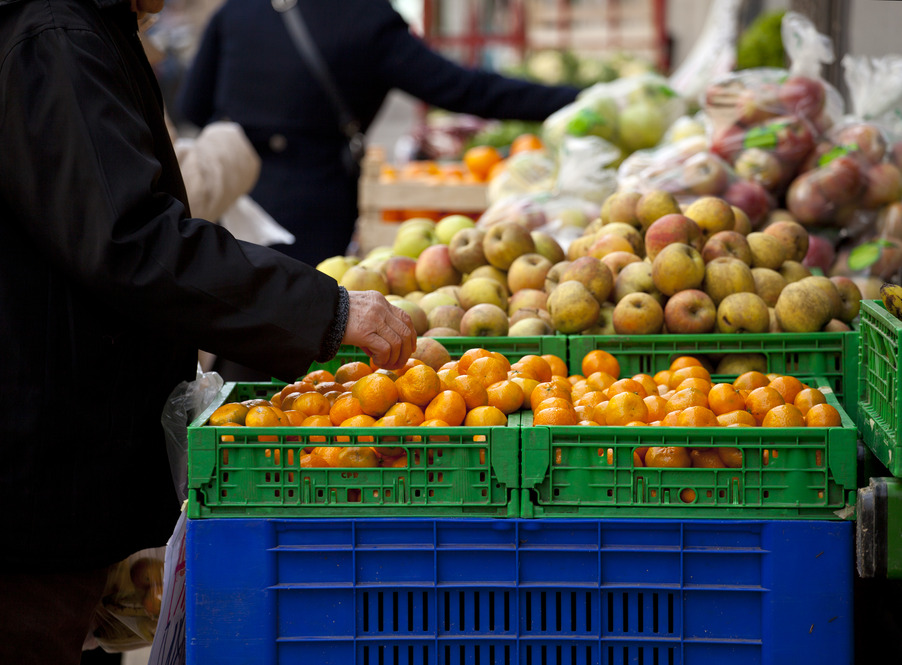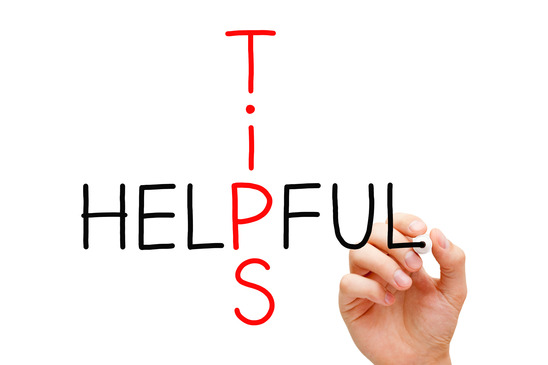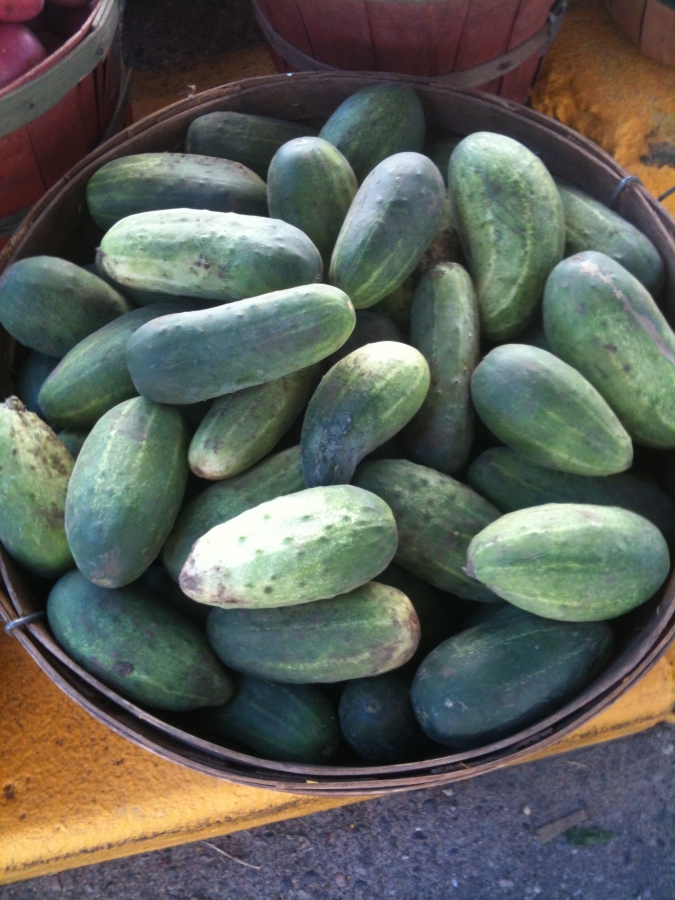Podcast: Play in new window | Download (Duration: 9:59 — 15.2MB)
Subscribe: Apple Podcasts | RSS
Welcome to Canning 101, your introduction to the wonderful world of safe home canning and food preservation! In response to listener requests, I put this series of shows together to help both the novice and veteran learn how to can and preserve food safely in the home environment. This series of shows is based entirely on information and expertise provided by the USDA, the National Center for Food Preservation, and the Centers for Disease Control and Prevention. In this series you will learn about:
- How home canning works,
- The nutrition and economics of home canning,
- An introduction to botulism and how to avoid it and other methods of food poisoning, and,
- The equipment and how you do things safely.
Along the way you will learn all kinds of tips and tricks to help you do it better, safer, and more fun for you and your family.
Click here to give me a rating on iTunes (hopefully positive!) along with a written comment to tell people what you like about the podcast. Thanks for listening!.
Click here or on the picture to buy your own copy of the Ball Blue Book. (Affiliate Link)
The following is the full transcript for this episode —
This is the Canning Season Podcast with John Gavin, episode #7. Get out your pencils and your lunch boxes. You’re back in school. It’s Canning 101.
Welcome to the Canning Season Podcast. This is the show that’s dedicated to helping you get the most out of the home canning and food preservation lifestyle. In this community, it’s all about celebrating and sharing the abundance. To lead the way, here’s your host, an avid home canner himself, John Gavin.
Hey, everybody. I’m John Gavin and I’d like to welcome you to Canning 101. This is a series that I’m putting together to introduce you to the basics of safe home canning and food preservation. I’m doing this because I keep hearing requests from people and I keep hearing feedback from people of how excited they are to start out at canning, how they want to try they just don’t know how, and it’s daunting, it’s scary, it’s intimidating.
You know what, I don’t mind that it’s daunting, scary and intimidating because there are some things in home canning that can be dangerous if you don’t do it well. However, once you learn the basic principles home canning is amazingly easy in so many ways. People have been doing it for years and years and years – decades.
So many of the reasons people come to home canning is because they helped Grandma in the kitchen, they like controlling the ingredients that go into their food, they like saving money, and they like the community and sharing aspect – the social aspect – which is of course where the tagline for the Canning Season Podcast came from, celebrating and sharing the abundance.
Anyway, I got these requests and people keep asking and I get them. What I wanted to do was put together a series for you that introduces you to safe home canning and food preservation.
- What I will get into with you is I will explain to you how canning works.
- I’ll talk about the nutrition and economics of canning.
- I will talk about keeping it safe. There is no bigger priority in the area of home canning and food preservation. There’s nothing I will put more emphasis on that keeping it safe. You literally could kill people or cause them great harm. How would you feel if you did that? It would be terrible.
- So I will make sure that I teach you the methods and techniques to keep it safe.
- I will talk about equipment and how you do things, and I have some other little extras I’ll throw in along the way.
My Disclaimers – I’m not a scientist or food safety expert.
Now, I have to give you a disclaimer at the outset. I have to do a couple of disclaimers. The first one is, I say this all the time but I’m going to just remind you, and that is I’m an amateur. I’m not a food scientist. I’m not an expert. I’m just a regular Joe who enjoys home canning just like so many of you do, and I have tapped in to experts.
I’m disappointed – for the record – that the University of Minnesota Extension Service looked down their snoots at me and refused to make an expert available to come here and talk about food safety. I’m very happy with the USDA and Centers for Disease Control because they pointed me to some phenomenal resources. They gave me great links and they encouraged me to use them freely and share them with you, and so I will do that.
Again, recognize that I’m not an expert. I’m an amateur but I’ve been doing it since 2006. I love it and I know how to do it and I know the basic principles but as always I will be relying on USDA publications such as the United States Department of Agriculture’s Complete Guide to Home Canning 2009 revision.
By the way, it’s August 2013. The reason I just said that is I need to timestamp this for you if you happen to be listening to it in the future. If you’re listening to this some years down, you need to make sure that you go and – whatever the method is at that time – and make sure that the current methods are the ones you’re using because they do change. They don’t change often but they do change, and so I am relying on the USDA’s Complete Guide to Home Canning the 2009 revision.
I will include a link for that in the show notes and the link will take you to the National Center for Home Food Preservation, one of the very trusted resources I’ve pointed you to before.
I will point you to some phenomenal links given to me by the Centers for Disease Control as pertaining to botulism and food poisoning. They have some great, great stuff and I’ll bring that to you and that will be in the show notes in those episodes as we get there.
Of course, I will remind you that you should consider getting a copy of the Ball Blue Book of Preserving. That is the book I go to over and over. It has just great material in it. It’s like $6.50 at the time I’m producing this so it really doesn’t cost very much.
I gave you the introduction. I gave you the disclaimer. I think we have some work to do. Why don’t we talk about today? Today’s episode, we’re going to talk about how home canning works. Why do we can? I think I’ll limit it today to how it works.
Home canning works very simply because if you think about it, most fresh foods – this is simple – have a high percentage of water. That’s it. They have a high percentage of water and that makes them very perishable. So what happens is they will spoil or lose their quality because they’re not properly stored, they can be exposed to bacteria, mold, and yeast, food enzymes.
They can react with oxygen. I mean, think about apples. The moment you bite an apple it starts to what we call oxidize. It starts to turn brown.
Some of the reasons that food spoils or loses its quality is because of moisture loss. That’s where we get raisins from. Now, that’s a preserving method where you’re drying it out and I’m not getting into that today, but essentially things get squishy and things shrivel and dry up.
These microorganisms, they live and they multiply quickly on the surfaces of fresh food, or on the inside of food that’s bruised, insect damaged or disease, and the fact is that oxygen in these enzymes are present throughout fresh food tissues. By the way, some of these bugs – just think about moldy oranges or squishy onions. What happens is, canning works because proper canning practices minimize the effects of these microorganisms. That’s the bottom line.
Now, it can’t overcome improper storage at the outset but proper canning practices and methods minimize the effect of bacteria, molds, and yeast food enzymes. It actually will remove oxygen and it helps to maintain the moisture.
How does it do it? That’s your real question. It does it by keeping food vacuum-sealed in jars where air and microorganisms cannot get back in. Let me talk briefly about some of the methods.
I explained to you how canning works – we keep the air and the microorganisms out. Let me talk about what we would call proper canning practices, and I’m going to introduce that concept to you now generally in this opening episode of Canning 101.
The proper canning practice that will keep your food safe and preserved is really, you start off with carefully selecting and washing the food.
Some of it, you have to peel.
There’s a concept I will teach you about called hot packing. There’s a concept called fresh pack or raw pack and hot packing, and I’ll talk about how that is a proper canning practice and the benefits that you get.
I will talk about the fact of using acids, so there’s acidity that we need to learn about. Food that is considered low acid versus a high acid food makes a huge difference in how you should process it. There are techniques that can make a certain type of food safer and there are certain methods you can use that could actually make it more dangerous so I’ll explain that to you.
I’ll talk about proper canning practice including using acceptable jars and self-sealing lids, and then of course the proper processing, whether you boil the jars or do what’s called pressure canning, putting them into a pressure canner, all these methods for the prescribed period of time. Collectively, when you do those proper canning practices, they do, again, remove the oxygen, destroy the enzymes, present the growth of the undesirable bugs and help to form the vacuum in the jars, and of course a good vacuum then gives you that nice tight seal that keeps liquid in, air and microorganisms out.
That concludes your introduction to how canning works. In the next episode, I will get into the nutrition and economics of home canning and food preservation. With that, I’m out.
Thanks for listening to the Canning Season Podcast www.canningseason.com.
– END –






About The Author: John Gavin
More posts by John Gavin